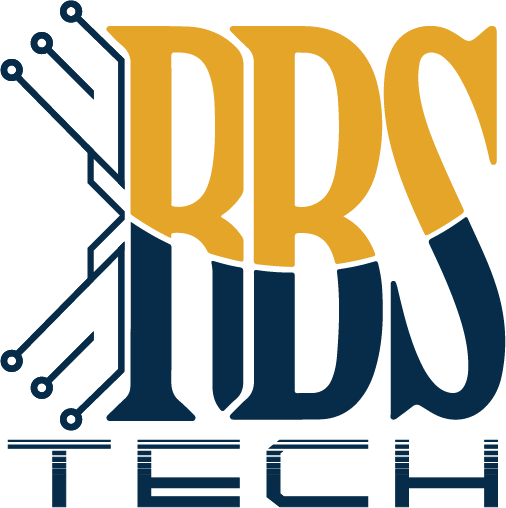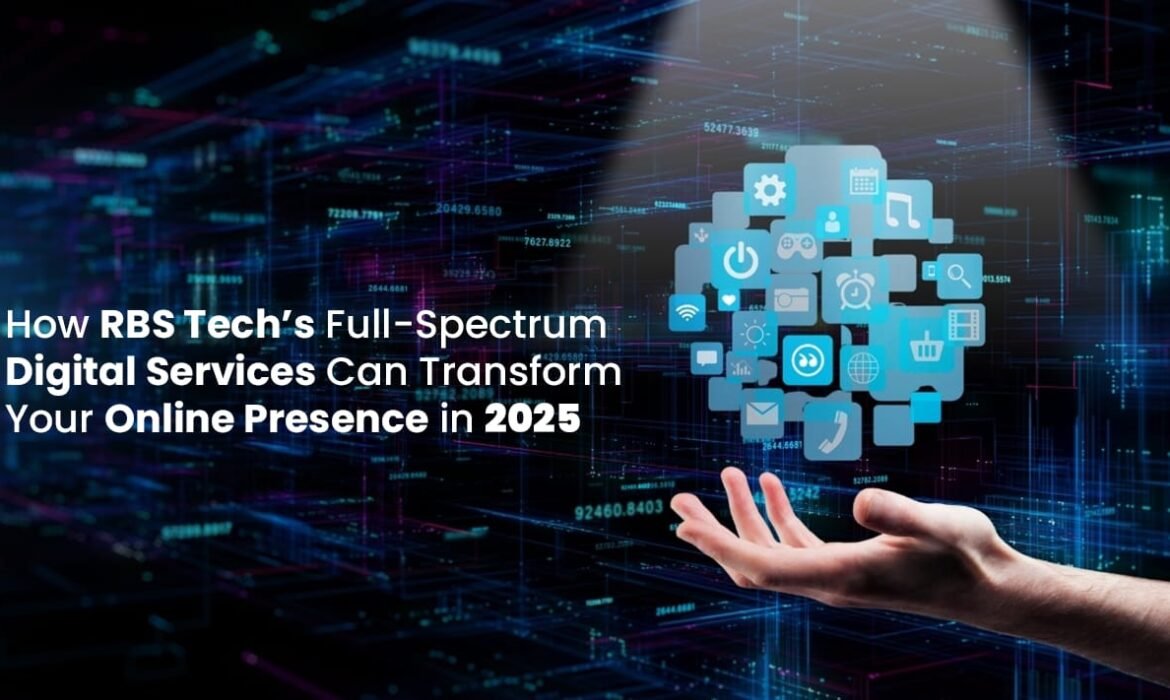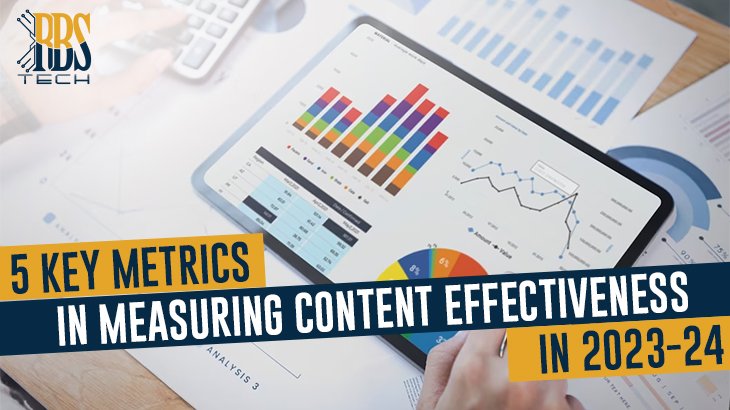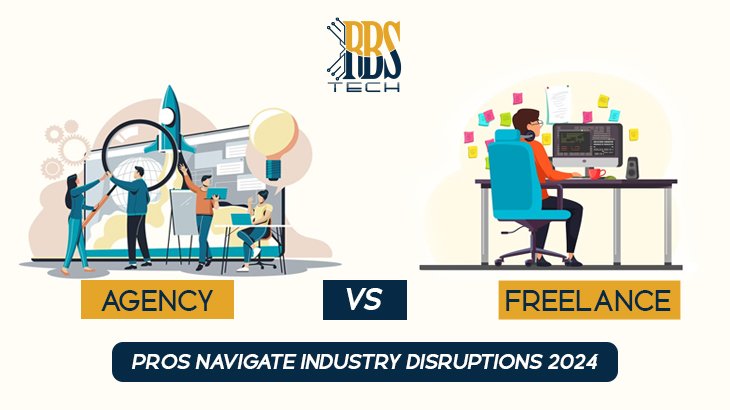Why Email Marketing Still Outperforms Social Media in Conversions
Every business on the planet’s chewing on the eternal debate: Do we pour our energy into email marketing or do we keep hustling on social media? Both are heavy hitters, sure. But honestly, they punch in totally different weight classes. Social’s your hype man, great for making noise and building buzz, but email is the quiet, confident closer that actually bags you the sale.
Look, if you want leads that don’t ghost you, relationships that aren’t just likes and hearts, and a fat ROI? Yeah, email’s still king. Let’s break down why, and we will try not to bore you with corporate buzzwords.
1. Email Marketing Is Like a VIP Backstage Pass
Here’s the deal: Email goes straight into inboxes, none of that “maybe-the-algorithm-will-show-it-maybe-not” nonsense you get on socials. Your message lands where it’s supposed to, no middlemen, no weird platform rules. That’s power.
Plus, you can get crazy personal. Like, “Hey Sarah, here’s 15% off on dog sweaters because you bought three last week” kind of personal. When you slice up your audience and serve fresh, custom stuff, those open rates spike.
Seriously, smart subject lines sometimes double your opens, and segmented emails rake in seven times the dough compared to that “send-all” garbage. Social feels like you’re yelling on a street corner; email feels like you’re texting a friend.
2. Conversions? Email Marketing Makes It Rain
Yeah, social media gets folks chatting and sharing memes, but, real talk, how often do those translate to cash in your bank? Not much. Stats back it up too:
Email grabs, on average, a 6% conversion rate. Social clocks in at… about 2%. Oof. And for every buck you toss into email marketing? You get $42 back. Try beating that with boosted Insta posts.
People scroll past ads, but they check their inboxes, especially when they know there’s good stuff waiting.
3. Your List, Your Rules
This one bugs me every time algorithms change. Build a following on Facebook, Twitter, wherever, and any day those platforms can just slam the door or push your posts into the void unless you start coughing up cash. Kinda like renting with a cranky landlord.
But your email list? 100% yours. No random rules, no shadowbans. You decide when and what you send. That’s bulletproof—at least until Gmail launches sentient AI and starts writing snarky replies.
4. Real Numbers, Not Just “Likes”
Likes are nice, but try paying your rent with them. Email gives you the numbers that actually matter, opens, clicks, who bought what, and real-life revenue. If your campaign bombed, you’ll know before your coffee’s cold. If it slapped? You can tweak and double down. Social metrics are all vanity. Email’s got receipts.
5. Mobile and Email: Besties
Nowadays, everyone checks email on their phones, probably before they even brush their teeth. Over 60% of all emails get opened on mobile. So if you’re worried your emails are gonna get lost in the crowd, nah. As long as you keep them short, sweet, and easy to click, you’ll catch folks wherever they roam.
6. Social for Awareness, Email for Sales
Here’s the playbook: Think of your funnel as a party. Social media’s the cool invite. It gets people to show up, brings in the crowd. Email is where you actually chat, connect, and, you know, ask people to dance (or buy something).
Social = top of funnel. Email = where cash registers ring.
In an ideal world, you want both. But if you’ve gotta bank on one to pay your rent, email’s the MVP.
Reality Check
Social grows your brand, sure, but email’s where you make your money, cement loyalty, and actually own your contact list. So if you’re still relying purely on Facebook ads and hoping for the best? Meh. Build your list and stack your chips with email.
Want to spend less on ads? Want to actually OWN your list? Want to squeeze every cent out of your marketing budget?
Email marketing is your ticket in 2025 and beyond. Don’t sleep on it.
Also Read: RBS Tech’s Guide to Creating Logos That Leave a Lasting Impression
But Yo, Don’t Ditch Social—Combo Is King
Smartest move? Use social to build your list. Give away something cool, slap that signup link everywhere, and watch the numbers grow. Then use email to convert those new subs into die-hard fans (and, let’s be honest, paying customers).
That’s where the magic happens. Awareness from social, profits from email. Tag team!
Ready to see your conversions spike?
This is what we do at RBS Tech, btw… designing killer emails that don’t just sit in inboxes, they actually get RESULTS. So, you, when you’re ready to stop spinning your wheels and actually make email work for you, hit us up.
RBS Tech’s Guide to Creating Logos That Leave a Lasting Impression
Let’s be real: your logos aren’t just some fancy doodle slapped on your website. It’s like your business’s handshake except, you know, people actually remember it. A killer logo? That’s what tells the world you mean business, no matter if you’re slinging lattes or launching the next space rocket.
At RBS Tech, making unforgettable logos is kind of our thing. We don’t just want eyeballs on your brand; we want jaws dropping. So, here’s a peek behind the curtain of our go-to moves for designing logos that actually stick in people’s brains.
Why Your Logo’s a Bigger Deal Than You Think
First impressions? They matter. Your logo’s probably the first thing folks see, and in a world bursting with brands, you get maybe two seconds to wow them. A solid logo can:
- Make your brand stick in people’s heads, fast
- Scream, “Hey, you can trust us!”
- Set you miles apart from the copycats
- Tug a little at those customer heartstrings
Think about it: Apple’s bite, Nike’s swoosh, McDonald’s arches—simple, but basically tattooed on our brains.
Step 1: Nail Down Your Brand Vibe
Before you start doodling, you gotta know who you are. Like, really know. Ask yourself:
- What am I all about?
- Who am I trying to impress?
- Why should anyone care about my brand?
RBS Tech Secret Sauce: We kick things off with a brand deep-dive—think therapy, but for your business’s soul.
Step 2: Simple Wins Every Time
Seriously, don’t overthink it. Busy logos get forgotten. Simple logos? They live rent-free in everyone’s head. Less is more.
Look at FedEx: clean letters, sneaky arrow. Genius, and you barely notice it—but you remember.
RBS Tech Rule: If your logo takes more than two seconds to “get,” it’s back to the drawing board.
Step 3: Color Isn’t Just Decoration
Colors mess with our heads in the best way. Pick the right ones and people will feel your brand.
- Red: Gets your heart pumping (Coke, YouTube)
- Blue: Calm, cool, collected (Facebook, IBM)
- Green: Fresh and eco (Starbucks, Whole Foods)
- Black: Fancy vibes (Chanel, Nike)
Pro tip: Stick with 2–3 colors. More than that and things start looking like a clown car.
Step 4: Fonts Speak Louder Than Words
Fonts have attitude, don’t let anyone tell you different.
- Serif: Old-school, reliable
- Sans-serif: Modern and chill
- Script: Artsy, friendly
Sometimes we design fonts from scratch, just to flex.
Step 5: Don’t Forget Versatility
If your logo only looks good on a business card but falls apart on a billboard? Nope, try again. Your logo should look sharp everywhere, big, small, black-and-white, you name it.
At RBS Tech, we make sure your logo comes in all shapes and sizes: full, mini, just the icon, whatever you need.
Step 6: Add a Little Magic
You want your logo to be memorable, right? Toss in a clever twist—like Amazon’s smile-arrow, which low-key tells you they sell everything from A to Z.
Step 7: Reality Check—Test It!
Don’t just trust your gut (or your mom’s opinion). Show your logo to real people:
- What vibes do they get?
- Is it memorable or meh?
- Does it look pro?
We run logo ideas past focus groups, no sugarcoating allowed.
Rookie Mistakes That Ruin Logos
- Way too many colors. Yikes.
- Chasing trends you’ll regret in six months.
- Complicated designs that shrink into blobs.
- Ignoring what your audience actually likes.
- Stock icons everyone’s seen a million times.
Also Read: How RBS Tech’s Full-Spectrum Digital Services Can Transform Your Online Presence in 2025
Why RBS Tech? Because We Get It
Our crew blends wild creativity with actual strategy. We make logos that:
- Pop off the page in your industry
- Speak to your dream clients
- Look awesome everywhere
- Don’t go stale after a year
We’re not just making you a logo, we’re hooking you up with a whole vibe.
Bottom Line
Nail the logo, and you’ve already won half the branding battle. Keep it simple, make it matter, and let a little personality shine through.
We’ve helped everyone from scrappy startups to giant corporations, and yeah, your brand could be next.
Wanna glow up your brand?
Hit up RBS Tech for a free consult. Let’s make something ridiculously good-looking together.
How RBS Tech’s Full-Spectrum Digital Services Can Transform Your Online Presence in 2025
If you’re still limping along with random digital hacks in 2025, you’re basically tossing cash into the digital void. The game’s gotten wild, AI, automation, hyper-personalization, even the stuff that sounds like sci-fi isn’t just for tech bros anymore. It’s table stakes. RBS Tech is not just another agency slinging generic “growth hacks.” Nah, we stack up every weapon in the digital arsenal.
Be it SEO, paid ads, killer web dev, branding, automation, you name it. It’s the whole enchilada, not just a few soggy chips on the side.
Whether you’re a startup scraping together your first big campaign or a corporate megaship trying not to sink into irrelevance, RBS makes sure your online presence isn’t just another blip on the radar. We make you visible. And, more important, we make you profitable. (You want to actually make money, right?)
Why is “full-spectrum” the only way forward?
Fragmented strategies are like Frankenstein’s monster—sorta alive, mostly a mess. In 2025, the brands actually winning? They’ve got every digital piece working in sync. Not some agency juggling your SEO while a cousin’s doing your Facebook Ads and your web guy’s off in Bali. RBS Tech glues it all together, so your branding, ads, site, and content all vibe with the same energy.
Let’s break down how we do it:
- SEO That Actually Moves the Needle Google keeps moving the goalposts. 2025 is all about AI, user experience, and mobile-first everything. RBS isn’t stuck in 2015 keyword-stuffing hell. They use AI for smarter targeting, jump on voice search (hello, Alexa generation), crush local SEO, and make your site look like a trustworthy authority. EEAT isn’t just an awkward acronym to them, it’s your ticket to credibility.
- Web Design That Doesn’t Suck Your website can’t just be “pretty.” It’s gotta move fast, look fantastic on any screen, and actually convert. RBS builds sites that load before you can even blink, hook people in with interactive stuff, and make buying or signing up stupidly easy. Accessibility? Yeah, we don’t forget about that either.
- Paid Ads That Aren’t a Money Pit So many businesses just burn money on ads. RBS? We use AI analytics, test everything, and actually track what’s working. Google, Meta, LinkedIn, they’re everywhere. Plus, we retarget the heck outta people so you’re not just chasing new leads, you’re milking value from every click.
- Content That Doesn’t Bore People to Death Content’s still king, no matter what haters say. But it’s gotta be strategic. RBS crafts blogs, videos, infographics, stuff that gets attention, ranks, and actually gives your brand some street cred. Not those yawn-inducing posts you see everywhere else.
- Branding That Hits Different A logo isn’t a brand. RBS helps you build a vibe. Voice, visuals, and messaging that actually connects. We make sure you stand out, not blend in with the digital wallpaper.
- Automation That Makes Life Easier Why do stuff manually when bots can do it better? RBS plugs in tools like HubSpot and Salesforce, sets up email drips, scores leads, and drops AI chatbots in so someone’s always “on.” That’s how you scale without losing your mind.
Also Read: Mastering the Art of SEO: A Comprehensive Guide for Digital Marketers
What really sets RBS Tech apart?
Most agencies cherry-pick a service or two and call it a day. RBS is the real full-package deal—data-driven, future-focused, and everything handled in-house. You see where your money’s going, and you know what you’re getting. No smoke, no mirrors.
How does the magic happen? First, we actually listen to what you want (wild, right?). Then we do the homework by digging into your market, stalking your competitors, and whipping up a strategy that’s not just “best practices” but best-for-YOU. And then, well, we take care of pretty much everything else.
Honestly, if you’re shopping for digital help in 2025 and you don’t at least talk to RBS Tech, you’re probably just asking to get left behind.
Mastering the Art of SEO: A Comprehensive Guide for Digital Marketers
In the dynamic realm of digital marketing, Search Engine Optimization (SEO) stands out as a
cornerstone for online success. As businesses strive to enhance their online presence and
visibility, mastering the art of SEO has become imperative. This comprehensive guide is
designed to unravel the intricacies of SEO for digital marketers, offering insights, strategies,
and the indispensable role of SEO in the broader landscape of events management.
Understanding the Basics of SEO
SEO is not a one-size-fits-all solution but rather a multifaceted approach to enhance a
website’s visibility on search engines. The fundamental principles include keyword research,
on-page optimization, backlink building, and technical SEO. For events management
companies, a well-optimised website becomes a crucial asset in attracting clients and
participants.
The Power of Keywords in Events Management
In the context of events management, keywords play a pivotal role in driving relevant traffic.
For instance, if you specialise in corporate event planning, optimising your content with
keywords like “professional event management” or “corporate event planners” can
significantly improve your website’s chances of appearing in relevant search results. This
strategic use of keywords aligns with the broader goals of events management companies.
seeking to attract clients and collaborators.
Content is King
High-quality, relevant content is at the core of successful SEO. For events management
professionals, this means creating engaging content that not only showcases past events
but also provides valuable insights into the industry. Blog posts, case studies, and event
highlights can serve as powerful tools to not only attract visitors but also to establish
authority in the events management space.
Optimizing On-Page Elements
Beyond keywords and content, on-page optimization is crucial for SEO success. This
involves optimizing meta titles, meta descriptions, headers, and image alt tags. In the
context of events management, this could mean having a well-optimized landing page for
each type of event you specialize in, incorporating relevant keywords and providing detailed
information about your services.
Building Backlinks for Credibility
Backlinks, or links fom other reputable websites to yours, are a significant factor in SEO. In
the world of events management, this could involve collaborating with industry influencers,
partnering with other event-related businesses or getting featured in relevant publications.
Each backlink serves as a vote of confidence for your website’s credibility, positively
influencing its search engine ranking.
The Role of Technical SEO
Technical SEO ensures that search engines can crawl and index your website effectively.
For events management companies, this means optimizing website speed, mobile
responsiveness, and ensuring secure connections. A website that performs well technically
not only ranks higher in search engine results but also provides a better user experience for
potential clients exploring your services.
Measuring Success with Analytics
No SEO strategy is complete without analytics. Tools like Google Analytics can provide
valuable insights into website traffic, user behavior, and the effectiveness of various SEO
efforts. For events management professionals, these analytics can guide decisions on which
types of events to emphasize, which keywords are driving the most traffic, and how to
continually refine the SEO strategy for optimal results.
Final Words
In conclusion, mastering the art of SEO is not only beneficial for digital marketers but is
especially critical in the realm of events management. As businesses and individuals
increasingly turn to online platforms to discover and engage with event services, a
well-optimized website can be the key differentiator in a competitive market. By incorporating
the principles outlined in this comprehensive guide, digital marketers in the events
management space can elevate their online presence, attract a broader audience, and
ultimately, achieve greater success in the digital landscape.







